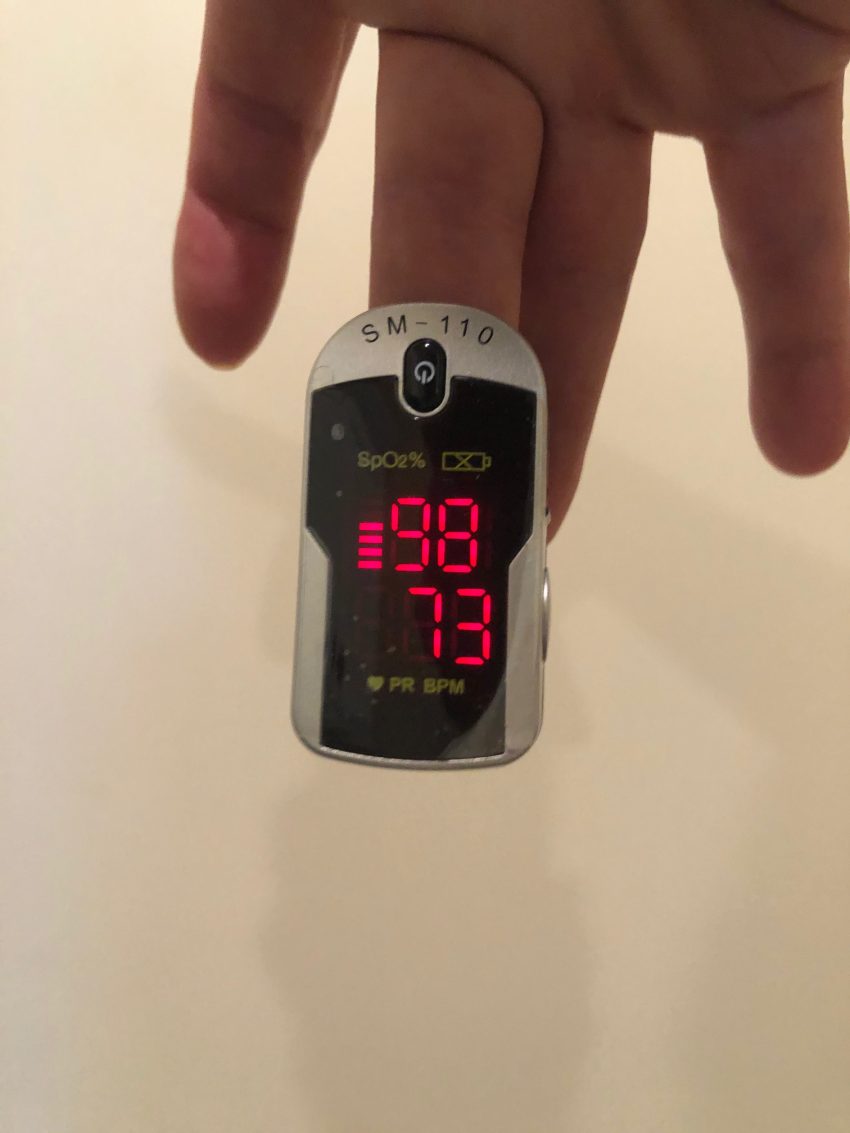Racial bias in medicine takes many forms. It occurs when an older black guy sees his doctor, who doesn’t bother to prescribe drugs for hypertension because he assumes his patient will be noncompliant. Maybe it’s when a doctor doesn’t try to counsel her patient with high cholesterol because she assumes Hispanics suffer from with high cholesterol due to deeply entrench lifestyle behaviors. There are even debates that some treatment algorithms used in hospitals are biased due to biased programming.
Here’s another example: an article in IEEE Spectrum claimed pulse oximeters are racially biased. IEEE Spectrum was reporting on a study that appeared on May 31, 2022 in JAMA Internal Medicine, finding pulse oximeters display inaccurate readings on black, Asian and Hispanic patients. The inaccuracies caused care givers to assume black and Hispanic patients’ arterial oxygen saturation level was higher than it actually was. This could (and likely did) lead to delays in care for patients of color.
Pulse oximeters are available over the counter for a little as $11 on Amazon. They are used frequently as a tool to check the disease progression in severe Covid-19 patients. They were undoubtedly used as a screening (rationing) tool to decide who got scarce hospital beds during the peak Covid outbreaks. Someone registering a lower oxygen saturation rate would get priority over someone with a higher rate, even if the higher reading was inaccurate.
Here is the part I find amazing. The way pulse oximeters work is by shining a light on the skin of the fingertip or ear. Would it not make sense that skin pigmentation could affect the results of a test using light on a fingertip? Then I looked back farther and discovered this was written about in the New England Journal of Medicine in December of 2020. Then using Google Scholar, I discovered dozens of studies discussing inaccuracies based on skin pigmentation going back decades. I am especially amazed that it apparently took decades for this news to reach hospital emergency departments.
